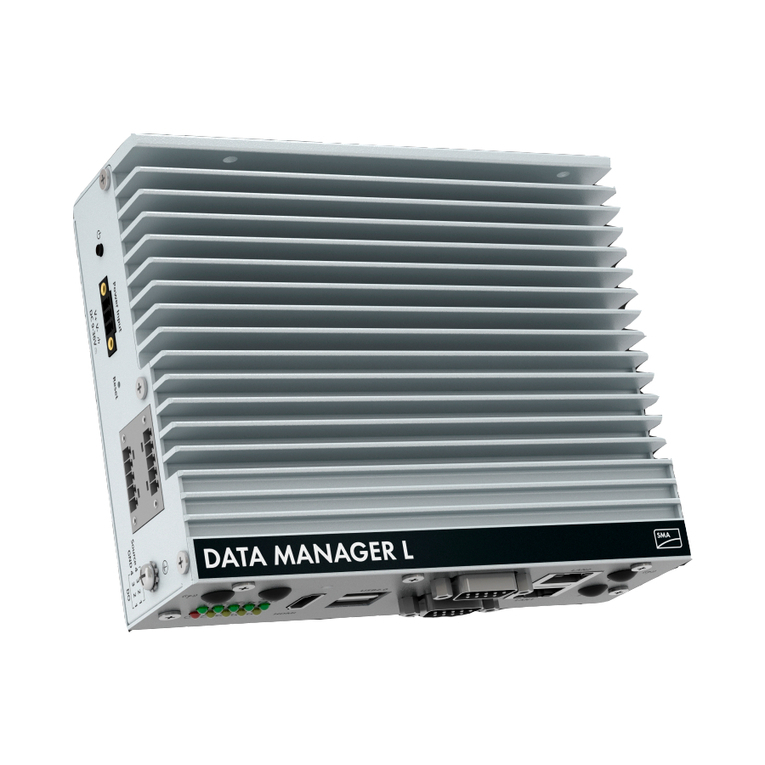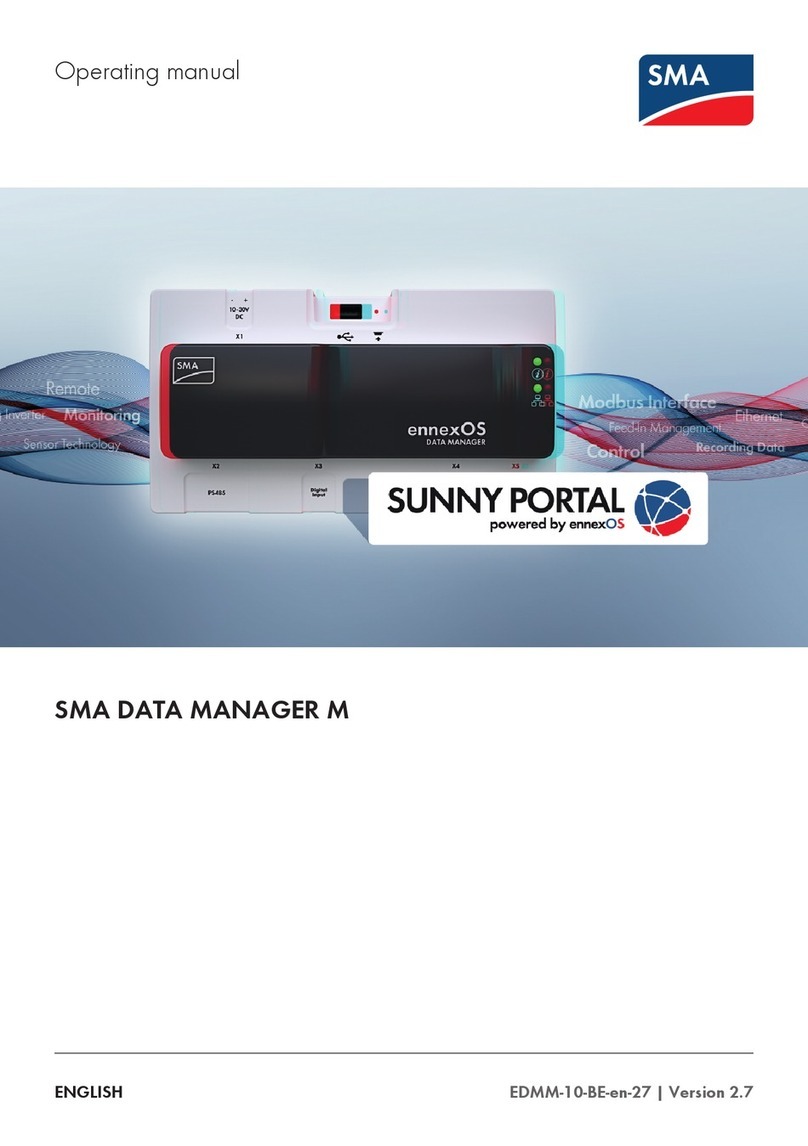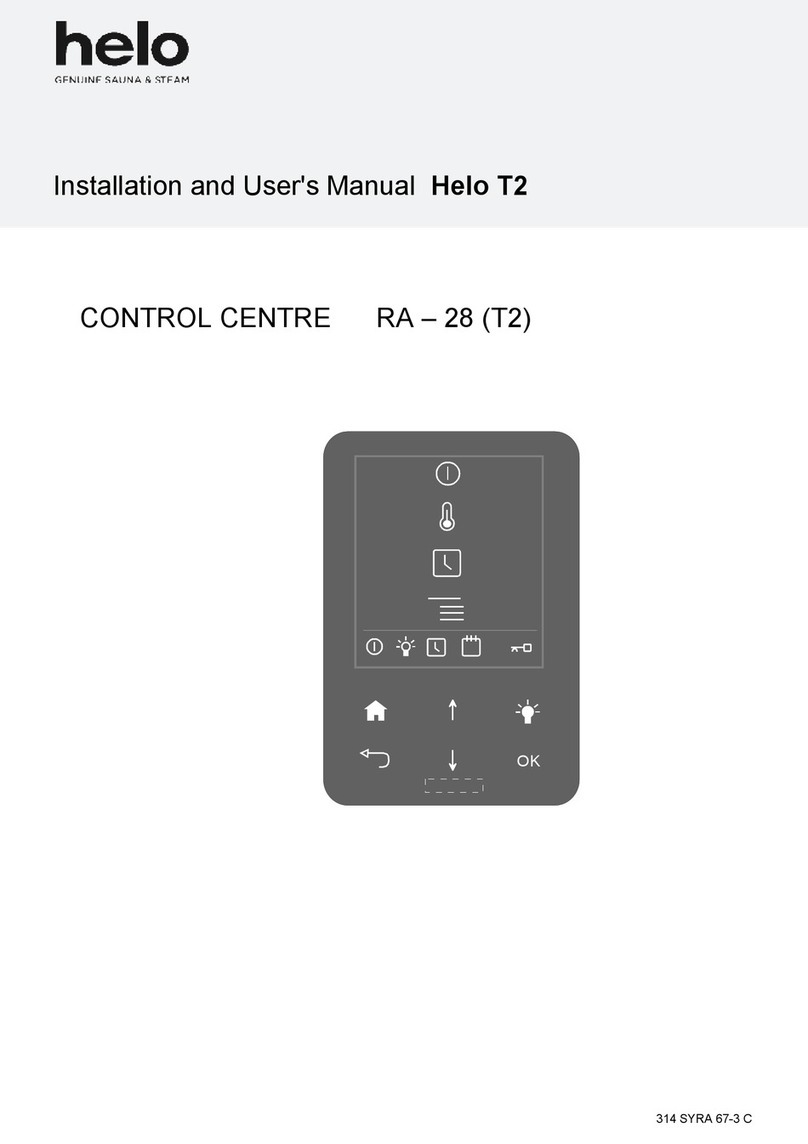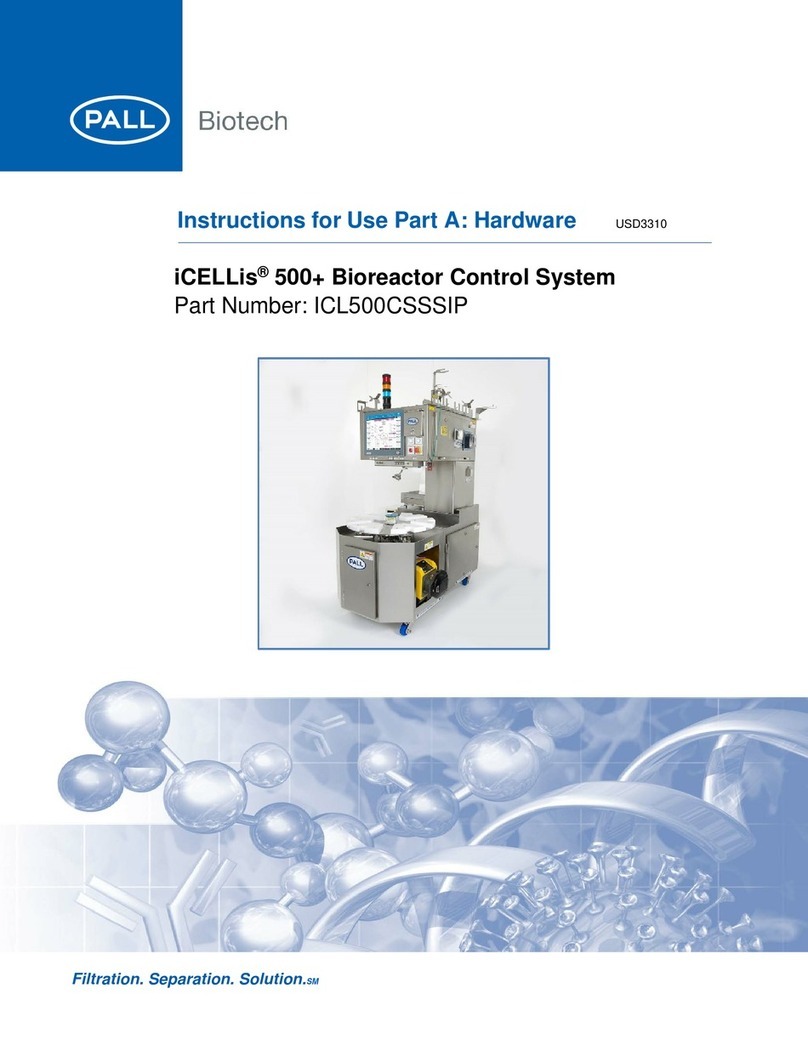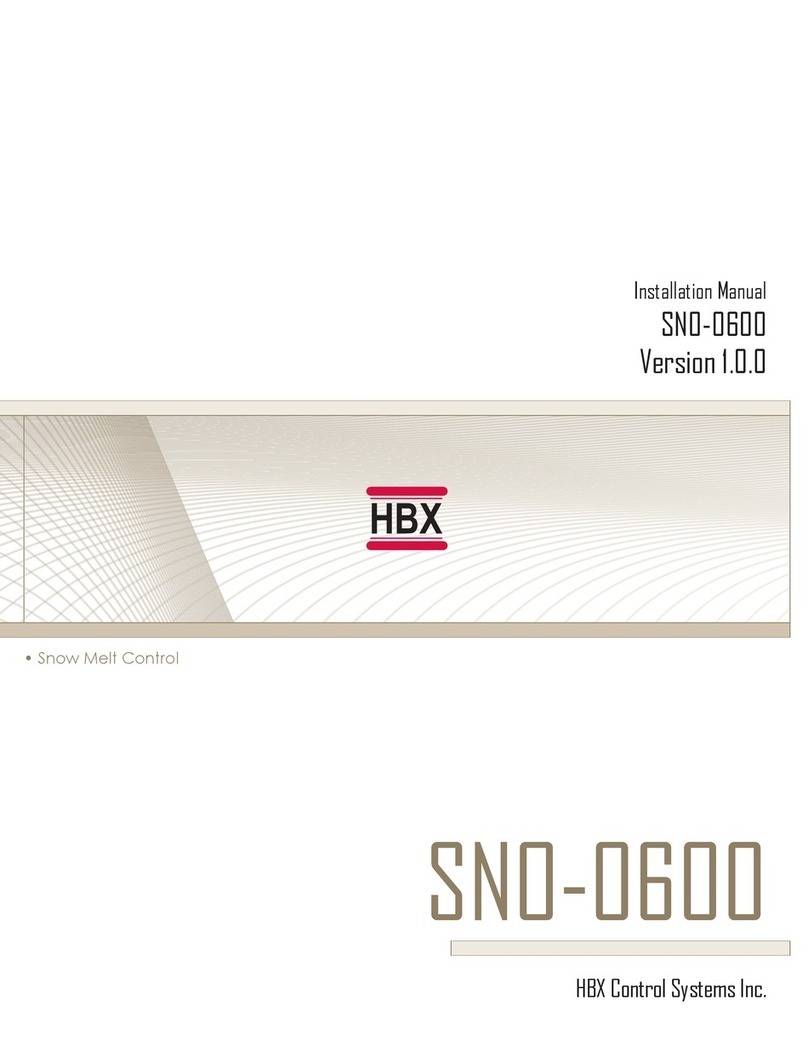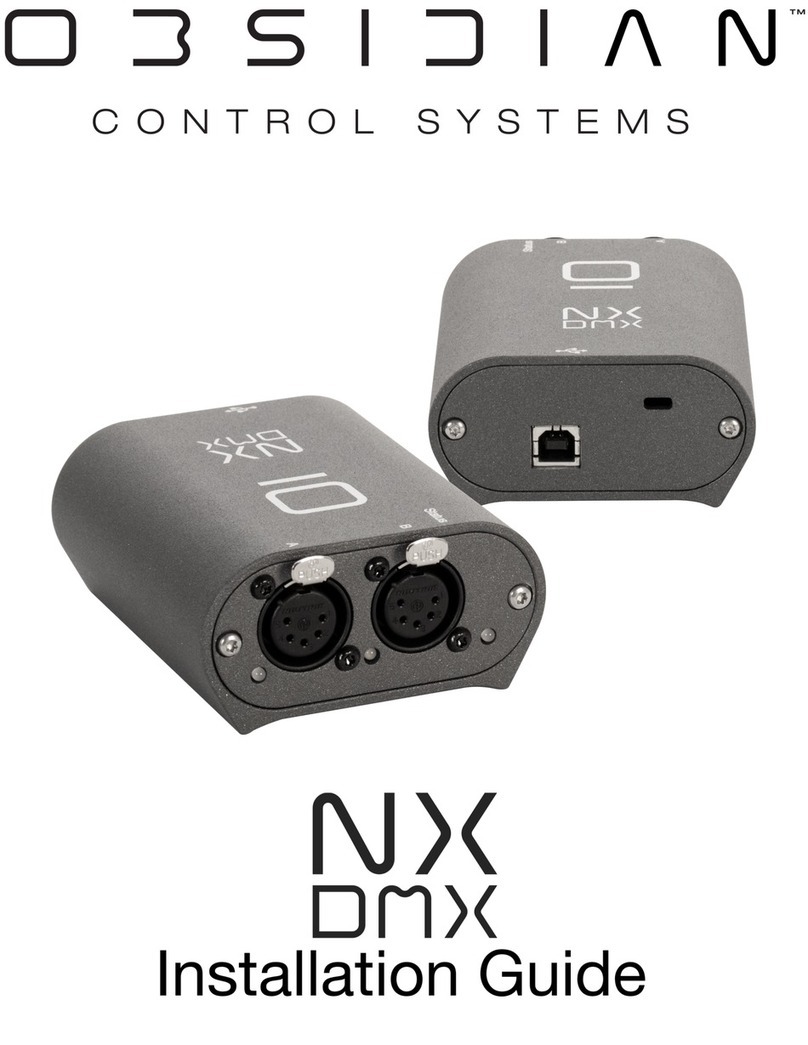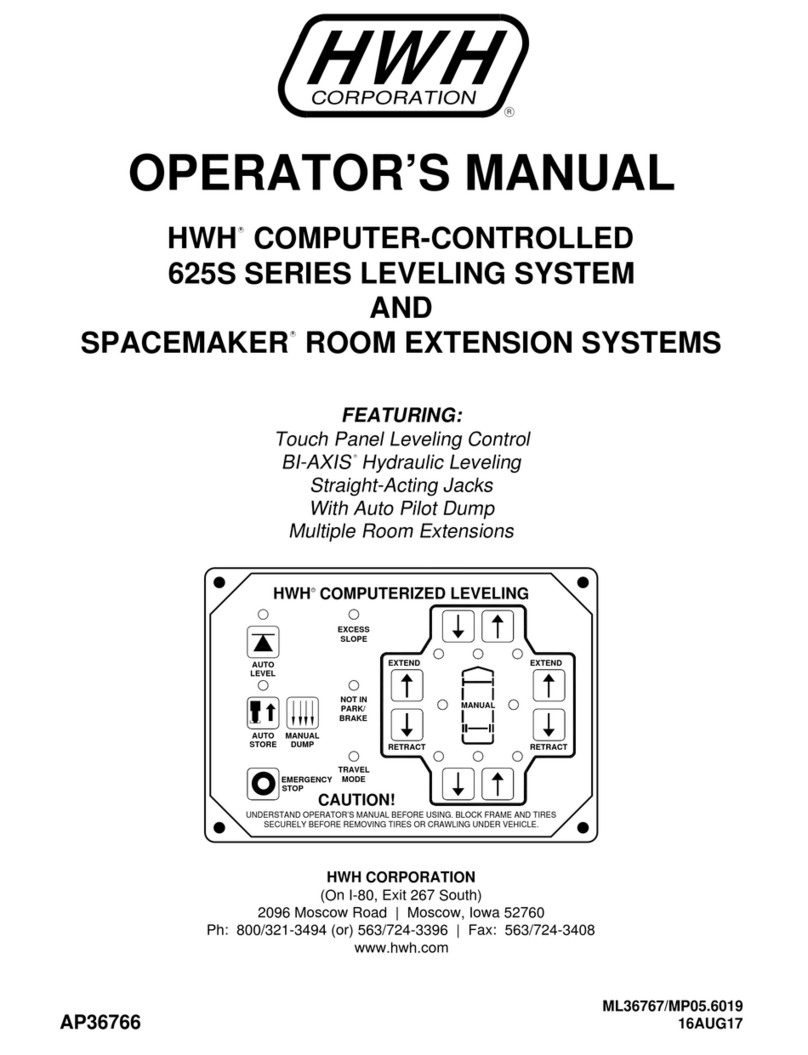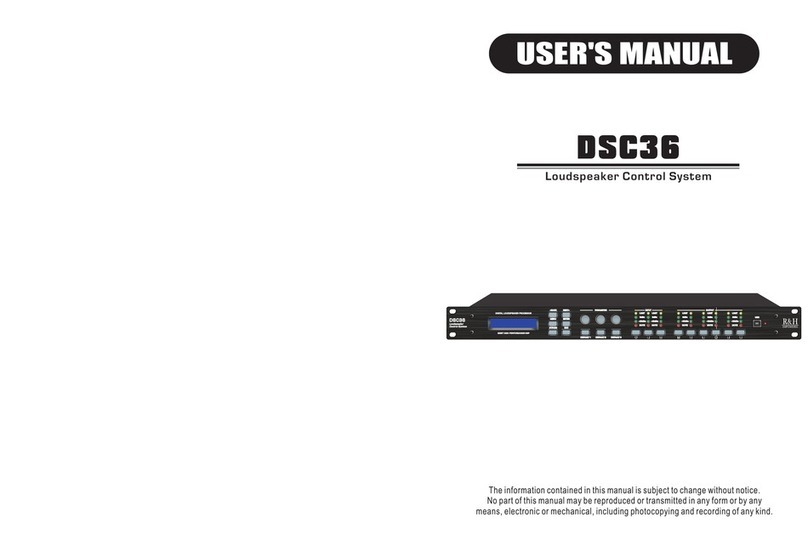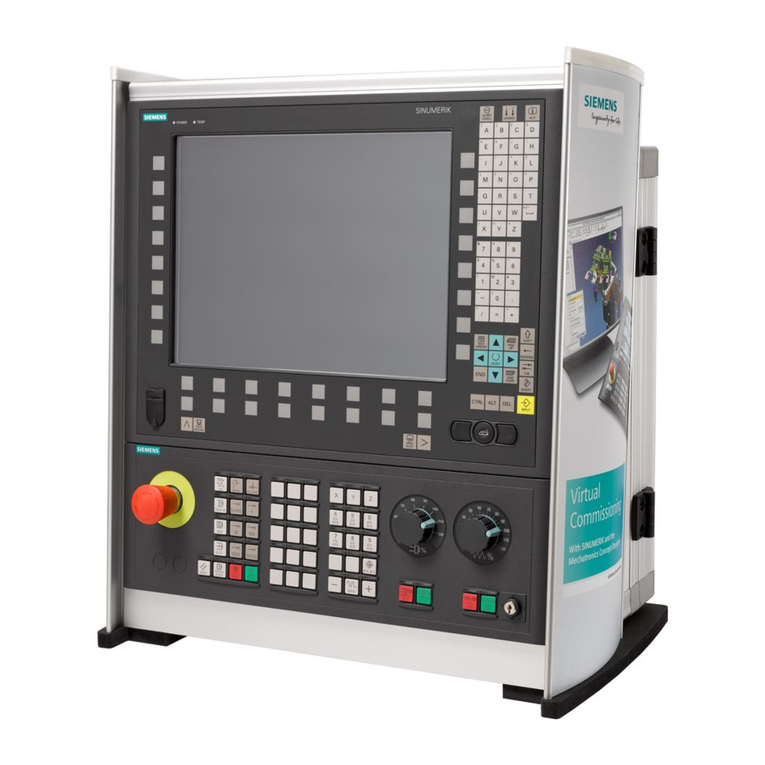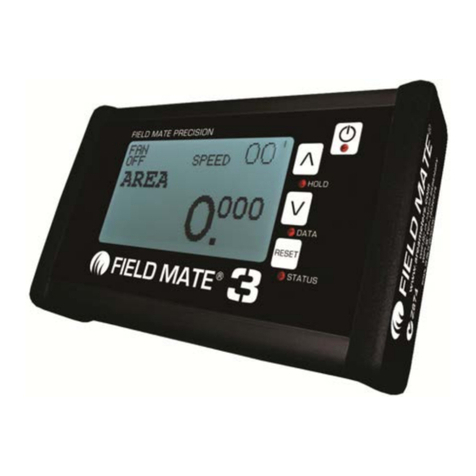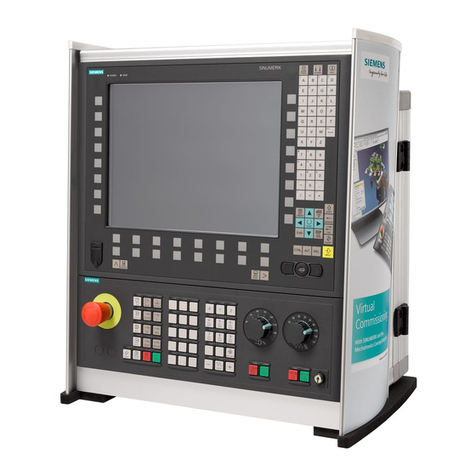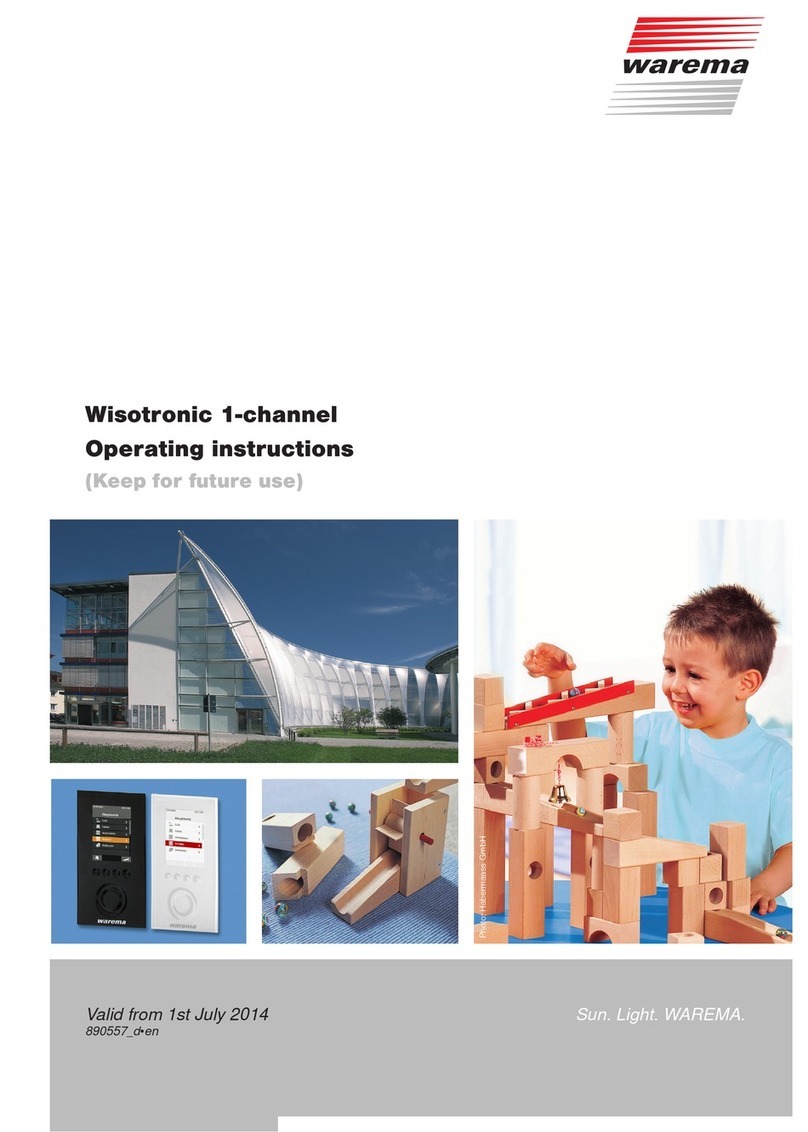SMA SUNNY BOYSTORAGE User manual

Fehleranalyse-SG-en-10 | Version 1.0 ENGLISH
This document serves as a guide for troubleshooting in a PV system. Please have the measured values and data ready
when calling SMA in case the information in this document is not sufficient for troubleshooting.
This document is a supplement to the documentation that is provided with each product. It does not replace any locally
applicable standards or directives. Read and observe all documentation supplied with the product.
%"/(&3
Danger to life due to high voltages in the inverter
When exposed to sunlight, the PV array generates dangerous DC voltage which is present in the DC conductors and
the live components of the inverter. Touching the DC conductors or the live components can lead to lethal electric shocks.
• All work on the inverter must be carried out by qualified persons only.
• Prior to performing any work on the inverter, disconnect the inverter from any voltage sources (see inverter
installation manual).
• Do not touch any live components of the inverter.
/05*$&
Damage to the inverter due to electrostatic discharge
The internal components of the inverter can be irreparably damaged by electrostatic discharge.
• Ground yourself before touching any components.
SUNNY BOY / SUNNY MINI CENTRAL /
SUNNY TRIPOWER
GUIDELINES FOR ERROR ANALYSIS
Service Manual

1 Error Messages SMA Solar Technology AG
2 Fehleranalyse-SG-en-10 Service Manual
1 Error Messages
1.1 Graphic Display
Position Designation Event Messages
A Event number of errors
relating to the PV array
33xx Unstable operation
34xx DC overvoltage
35xx Insulation failure
36xx High discharge current
37xx Residual current
38xx DC overcurrent
39xx DC start conditions
40xx String defective
42xx Ground fault
B Event number of errors
relating to the inverter
60xx Memory error
61xx Firmware error
62xx DI converter error
63xx Measuring chain
64xx Hardware fault
C Event number for errors
relating to the utility grid
01xx Grid overvoltage
02xx Grid undervoltage
03xx Voltage rise protection
04xx Island grid
05xx Grid frequency disturbance
06xx DC grid feed-in
07xx Grid frequency not permitted
08xx Grid failure
09xx PE missing
10xx L/N swapped
11x Installation fault
13xx Installation fault grid connection
15xx Reconnection conditions
36xx High discharge current
kVAr
kVArh
kWh
MVArh
MWh
kW
kWh
CBA

SMA Solar Technology AG 1 Error Messages
Service Manual Fehleranalyse-SG-en-10 3
1.2 LEDs and Two-Line Display
Designation Explanation
Error messages relating to the PV array Display:
LEDs:
•Upvmax
•F-Riso
• "waiting"
•Blink code 4
•Blink code 6
•Blink code 7
• red LED glowing
Error messages relating to the inverter LEDs: • Blink code 5
Error messages relating to the utility grid Display:
LEDs:
•V
AC
•ACVtgRPro
•Fac
•Zac
•dZac
•Blink code 2
•Blink code 3
•Blink code 6

2 Error Messages Relating to the PV Array SMA Solar Technology AG
4 Fehleranalyse-SG-en-10 Service Manual
2 Error Messages Relating to the PV Array
Analysis/Test Data/Measured Values
• When does the error occur?
–regularly?
Matching the data sheet specifications with the
design or the measured values of the system.
– always at the same time of day? V0C (open-circuit
voltage):
– only when irradiation is good?
– only in humid/wet weather? ISC (short-circuit current):
– when it is snowing?
– at dawn/dusk? MPP-voltage:
– in other inverters in the system as well?
• Have strings been swapped? String currents:
• Does the error also occur in each separate string?
• Before connecting the strings to the inverter, the strings must be
checked for the correct polarity, insulation and compliance with
the voltage limits.
Insulation resistance
measurement (in ohm):
• With multistring inverters, make sure that the positive and
negative terminals of a DC string are connected to the same
MPP tracker.
DC+ to PE (V):
DC– to PE (V):
• The design must match the start voltage, the MPP voltage and
the maximum allowable DC voltage for the inverter.
• Shading, snow or pollution can affect the feeding behavior
considerably.
• Possible module defects can be identified via characteristic
curve measurements. Provided the appropriate equipment is
available, thermographic measurements of the modules or
electroluminescence procedures can be used.
• Insulation errors must be carefully monitored and rectified if
they occur. Visual inspections of the modules and the DC cable
position as well as insulation resistance measurements and
ground fault tests are part of it.
• The errors can also occur sporadically due to the weather
(moisture, movable cable position).
• The minimum permitted insulation resistance Riso depends on
the inverter type and firmware version.
• The capacitive leakage currents with transformerless inverters
must be considered. These are linked to the type, installation
and quantity/area of the PV modules used. Commissioning the
first string and then the remaining strings one after the other can
provide information. The grounding connection at the inverter
and in the subdistribution must also be tested in these cases.
Reverse polarity and "multiway switch" ruled out?

SMA Solar Technology AG 3 Error Messages Relating to the Utility Grid
Service Manual Fehleranalyse-SG-en-10 5
3 Error Messages Relating to the Utility Grid
Analysis/Test Data/Measured Values
Grid errors refer to installation problems that result in the respective
(normative) thresholds not being met in the inverter. During operation
other thresholds might possibly apply than after reconnection following an
error.
Phase voltage at inverter
terminal/AC terminal:
The thresholds depend on the configured country standard. Phase voltage at AC
subdistribution:
• When does the error occur?
– regularly? Phase voltage at
grid-connection point:
– in other inverters in the system as well?
– on all line conductors?
– always at the same time? At inverter connection/AC terminal:
– always at the same time of day? Voltage L to N:
– always on the same day of the week? Voltage L to PE:
– always when irradiation is good or output is high? Voltage N to PE:
– Related to other loads on the utility grid?
– does the error persist when reducing the feed-in power? Rating of the fuse elements
Circuit breaker:
• Are the conductor cross-sections appropriately dimensioned? FI:
• Were the fuse elements rated appropriately and tested?
• Were the cable connected properly?
• Grounding measures executed properly (there should be no
potential difference between N and PE). When connecting
transformerless inverters to TT grid configurations, there may only be
very low potential differences between N and PE.
• Was the correct country data set selected?
• Were parameters changed?
• If available: do the settings of the external grid and PV system
protection (decoupling protection) or the external automatic
disconnection device between a generator and the public
low-voltage grid match the inverter settings?
• Depending on the record, additional reconnection conditions might
be required.
• In addition to the voltage and frequency measurements in the system
(impedance measurements, if applicable) derived from this, the
saved measured data (csv/xml files) from inverters (with graphic
display) and data loggers can be used. Take into account that these
are always averaged values.

4 Error Messages Relating to the Inverter SMA Solar Technology AG
6 Fehleranalyse-SG-en-10 Service Manual
4 Error Messages Relating to the Inverter
4.1 Device Errors
4.2 Display Errors
4.3 Errors during/after Updates
Inverters with graphic display show these disturbances via event number 73XX, all others via the light chaser (green, red
and yellow LEDs blink one after the other).
Analysis/Test Data/Measured Values
The causes for device errors cannot always be clearly assigned. It is
important to know why and when an error occurs in order to consider
possible causes in the system. This information will help us with the cause
analysis.
Read out the fault memory.
Note the correct event
number:
• When does the error occur? Contact SMA Service.
– regularly/frequently or just once?
• Does the error disappear after a restart or does it persist?
• In other inverters in the system as well?
• Since when has the error been occurring?
Analysis/Test Data/Measured Values
For analyzing display errors, photos of the display and the mounting
location of the inverter are of particular importance.
Differences in the contrast of the displays can generally occur. These
differences are partly manufacturer-related or influenced by ambient
conditions such as temperature.
Take photos.
Contact SMA Service.
Analysis/Test Data/Measured Values
For manual updates: Note down the initial
version:
• Was the update executed in accordance with the installation
manual?
• Was the SD memory card set up with the correct folders/files? Note down the target
version:
• Were the update requirements met during the update (irradiation
stable and sufficient for grid feed-in (min. 1,000 W))?
Reason for update?
If the update requirements have not been met, the inverter can buffer the
files and complete the update at a later time. It makes sense however, to
only perform updates when the operating conditions are stable, i.e. when
there is sufficient DC power and a connection to the AC grid so that the
inverter can feed in.
Check the display and/or data logger for
the version display for FW package and HP
after completing the update

SMA Solar Technology AG 5 Miscellaneous Tests
Service Manual Fehleranalyse-SG-en-10 7
5 Miscellaneous Tests
• Is the mounting location suitable?
•Protected against moisture?
• Protected against direct solar irradiation?
• Do the ambient temperatures meet the technical data?
• Are the ventilation and cooling components free from pollution?
• Are unused DC inputs protected by DC connectors with sealing plugs?
• Are unused enclosure openings closed with filler plugs?
• Is the lid closed properly?
• When using external string connecting boxes, was special attention paid to the correct circuitry, especially with
multistring inverters?
6 Contacting SMA
Should you need further assistance from SMA, please have the following data ready when calling:
1. Date of commissioning
2. Device type and serial number
3. Design (module type, quantity, circuitry, orientation and tilt)
4. PV system monitoring (data logger, access data/login data)
5. Country data set used
6. Parameter changes
7. Firmware version
Light chaser is triggered if an error occurs during update via EEPROM
change
• Was the correct EEPROM used (correct version)?
• Was the inverter disconnected completely before?
• Does the light chaser disappear when the previous EEPROM is used
again?
Analysis/Test Data/Measured Values
Other manuals for SUNNY BOYSTORAGE
1
This manual suits for next models
2
Table of contents
Other SMA Control System manuals
Popular Control System manuals by other brands
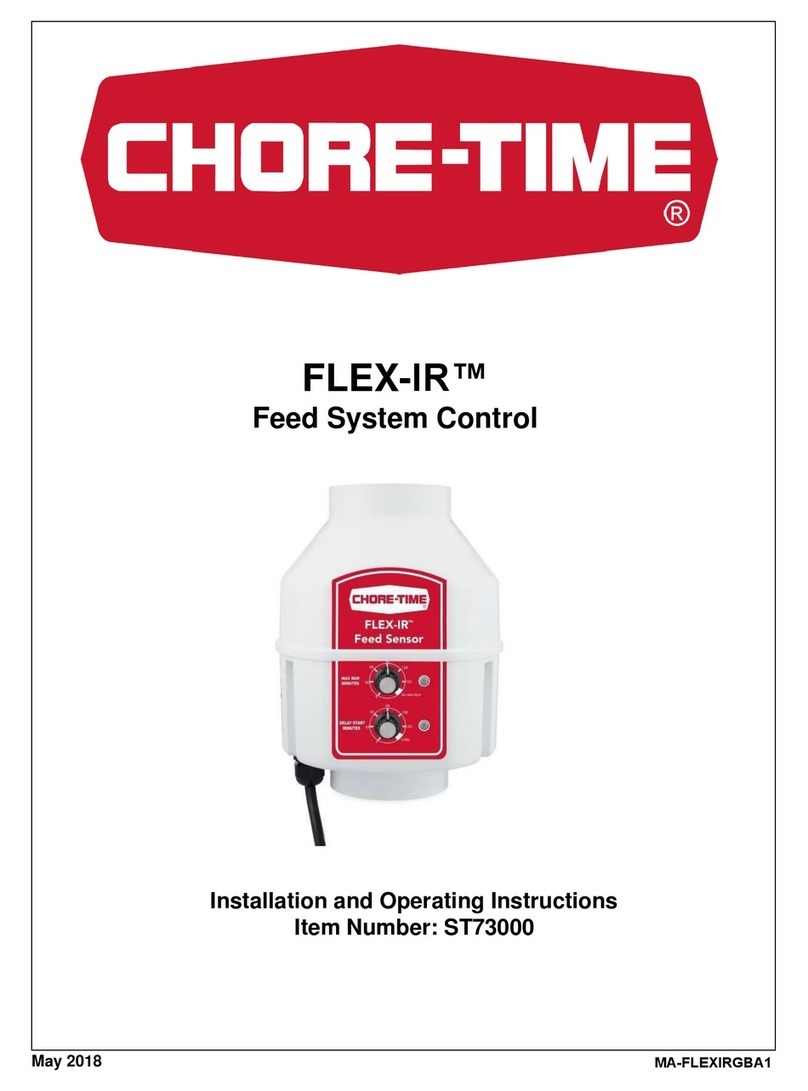
Chore-Time
Chore-Time FLEX-IR ST73000 Installation and operating instructions
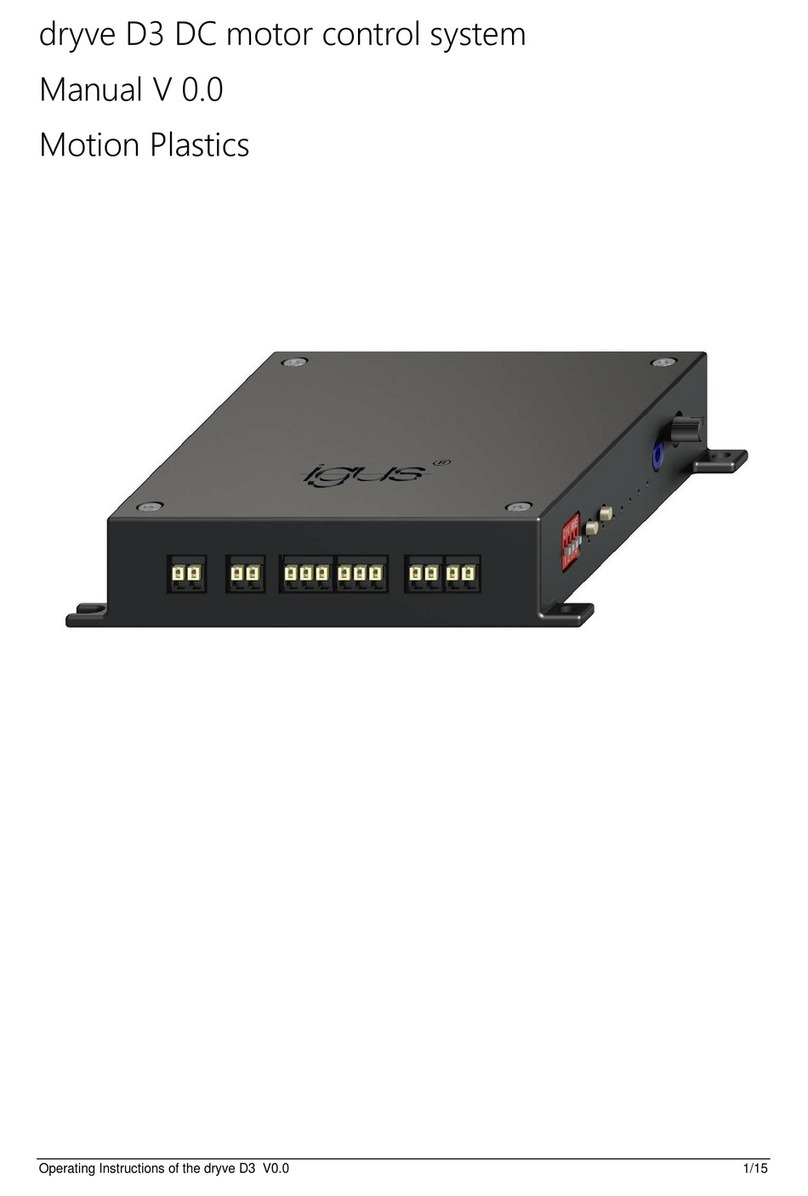
igus
igus drylin dryve D3 manual
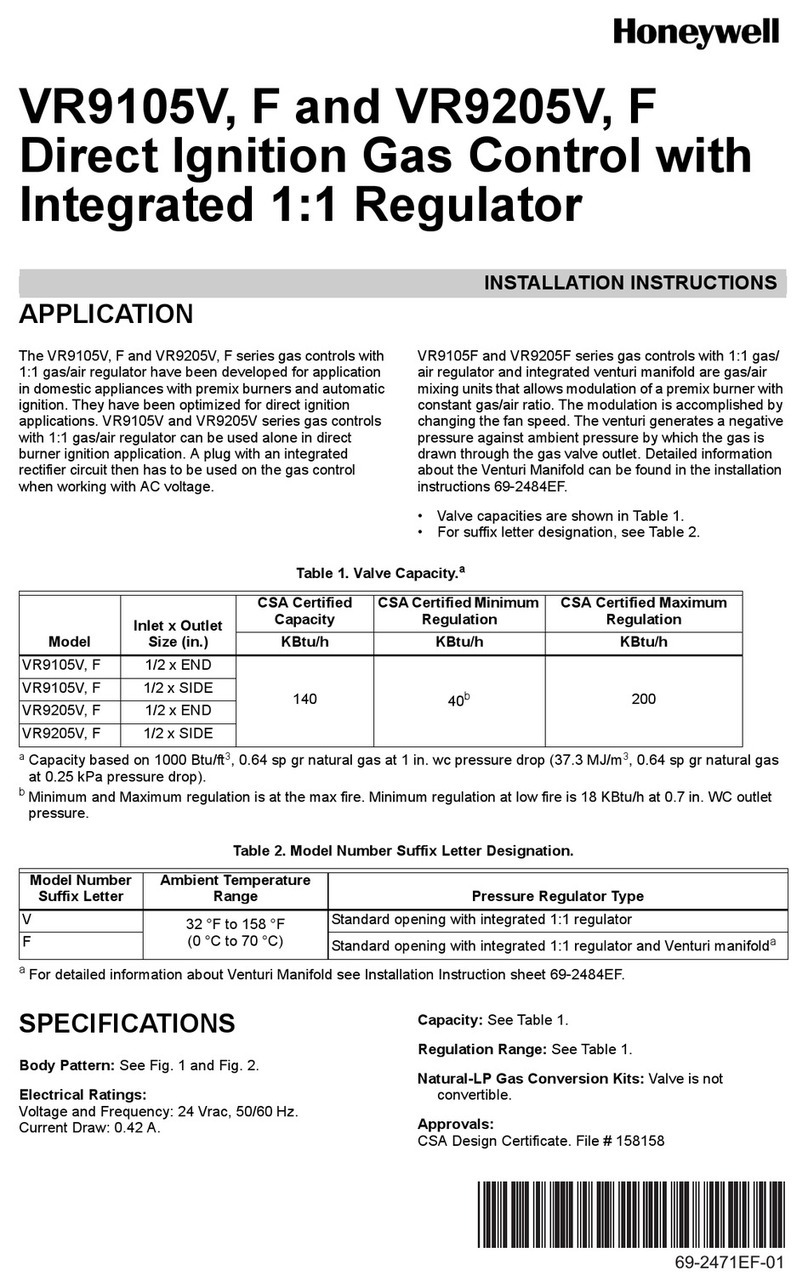
Honeywell
Honeywell VR9105V installation instructions
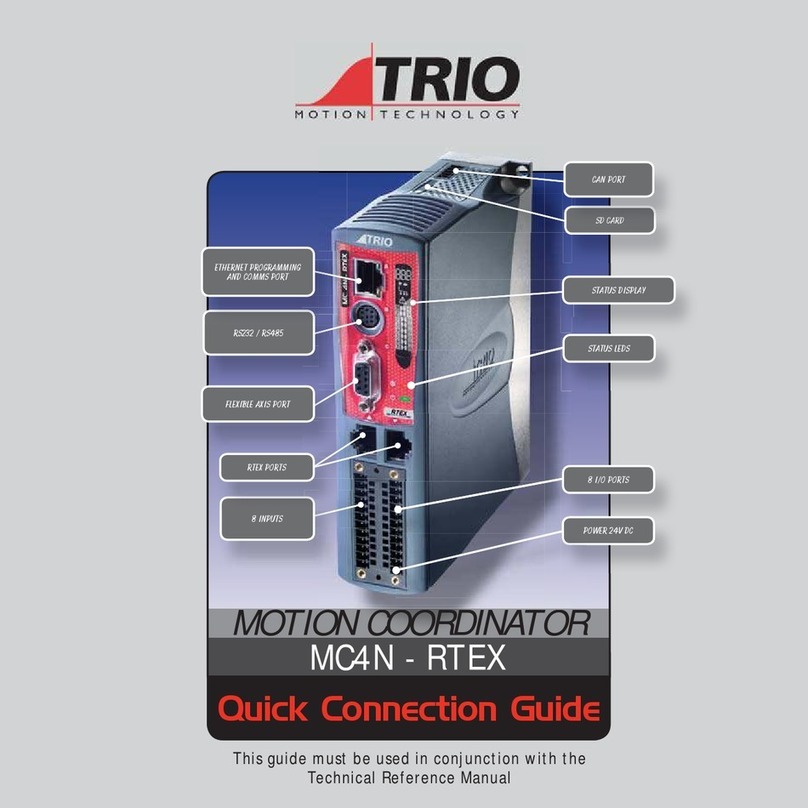
Trio
Trio MC4N-RTEX Quick connection guide
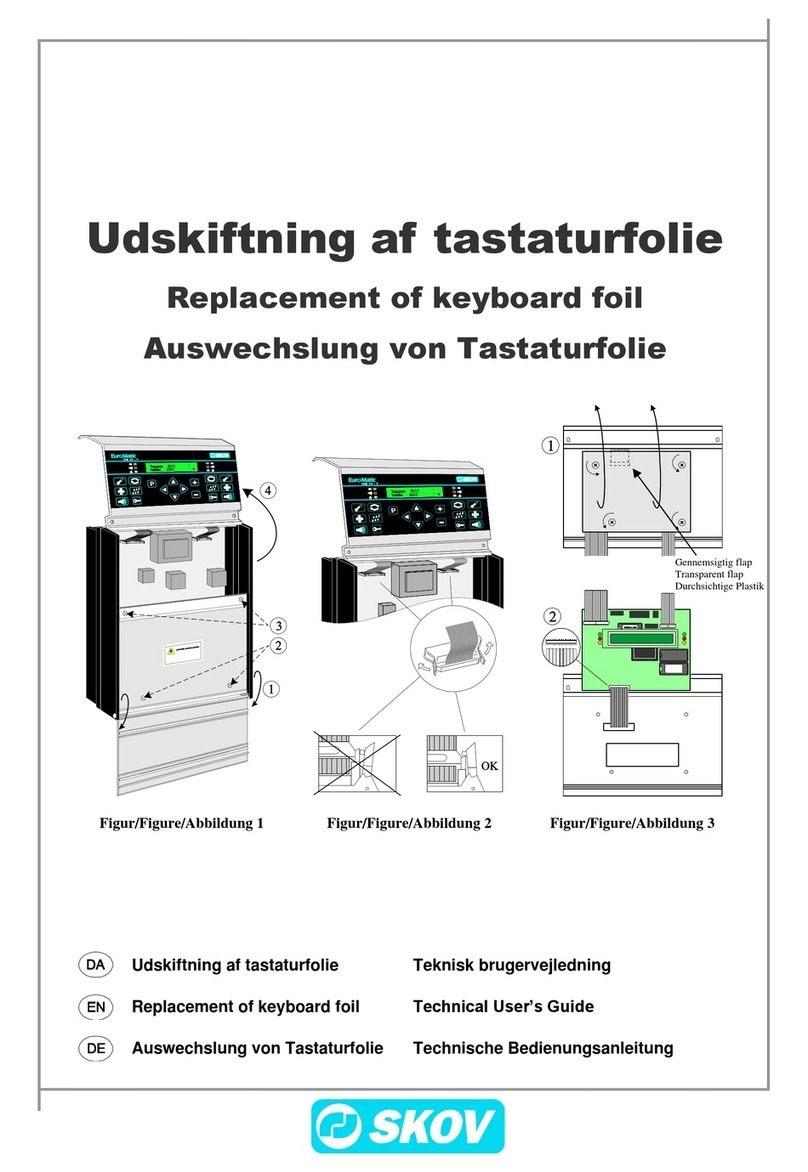
Skov
Skov DOL 34H Technical user guide
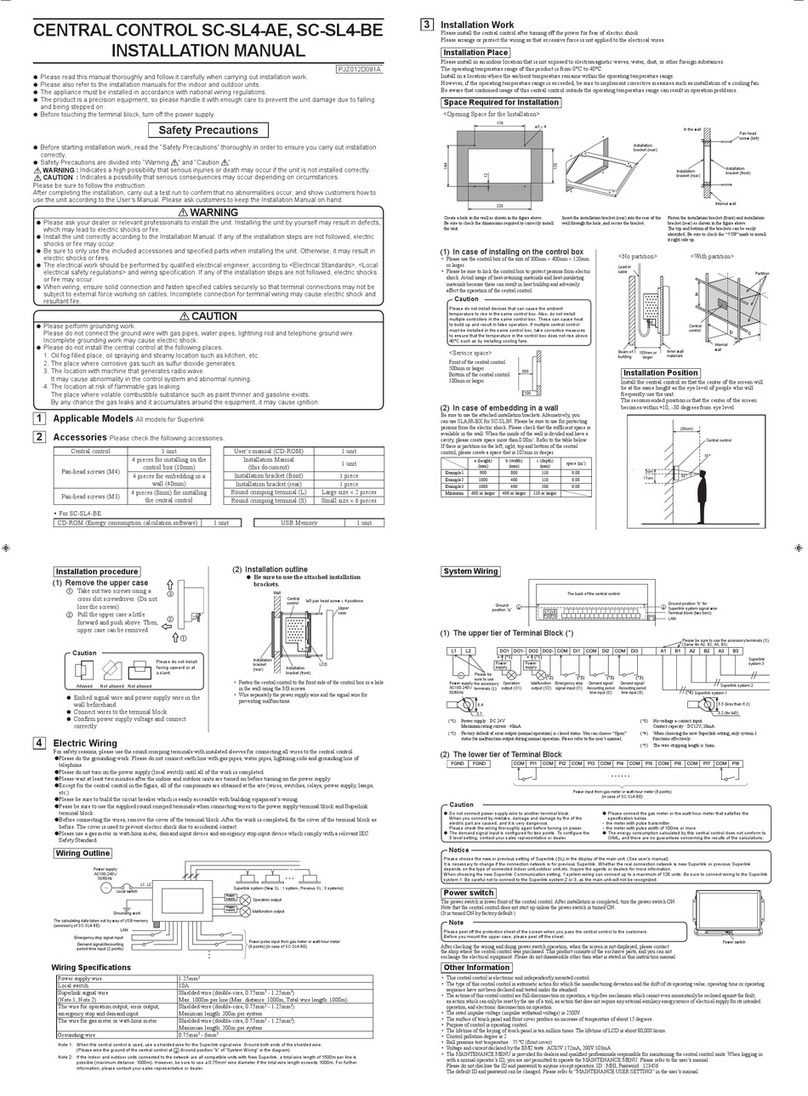
Mitsubishi Heavy Industries
Mitsubishi Heavy Industries SC-SL4-AE installation manual
